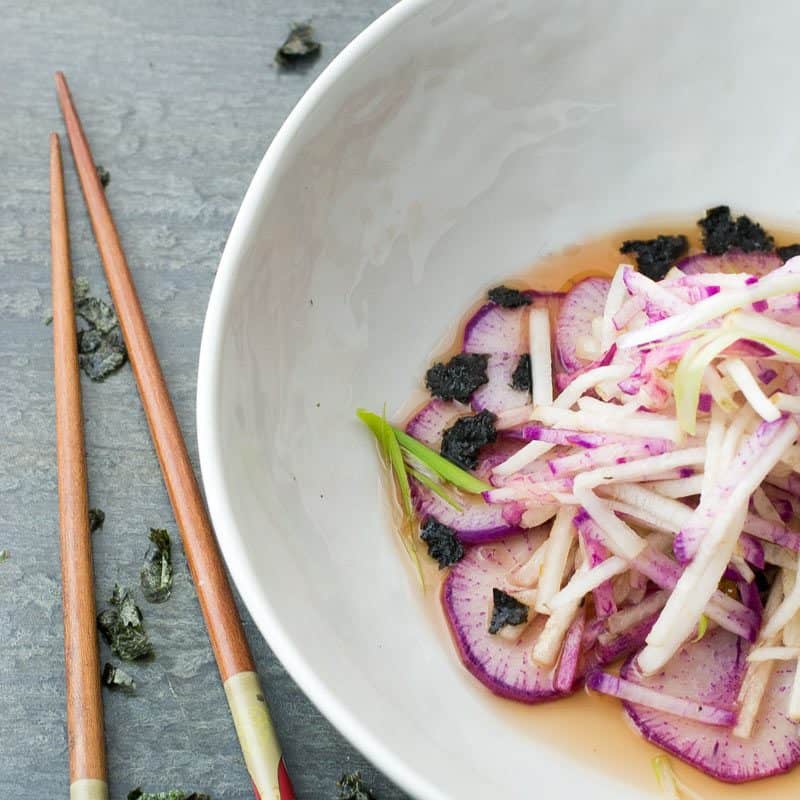Introduction:
Salads are not just a plateful of greens; they are a delightful canvas of flavors, textures, and colors. A perfectly crafted salad can be a wholesome meal or a refreshing side dish, elevating any dining experience. Whether you're a seasoned chef or a home cook looking to enhance your culinary skills, this guide will walk you through the art of making a perfect salad that tantalizes the taste buds and leaves a lasting impression.Start with Fresh,
- Vibrant Ingredients: The foundation of any great salad lies in the quality of its ingredients. Opt for fresh, crisp greens like romaine, spinach, or mixed baby greens. Look for vibrant and seasonal vegetables, such as juicy tomatoes, crunchy cucumbers, colorful bell peppers, and radishes. Adding fruits like berries, citrus segments, or sliced apples can lend a delightful sweetness. Fresh herbs like basil, cilantro, or mint add a burst of aromatic flavors.
- Balance and Complement Flavors: A well-balanced salad strikes the perfect harmony between sweet, sour, salty, and bitter flavors. Experiment with various ingredients to achieve a delightful balance. For example, add sweetness with dried fruits, balance it with tangy vinaigrettes or citrus-based dressings, and incorporate a sprinkle of sea salt or crumbled cheese for a touch of saltiness. Bitterness can be introduced with leafy greens like arugula or endive, and fresh herbs can provide additional layers of flavor.
- Textural Contrast: A great salad should have a variety of textures that keep each bite interesting. Combine crisp vegetables with crunchy elements such as toasted nuts, seeds, or croutons. Creamy avocados or cheese can add a luxurious, smooth texture. Consider adding a handful of cooked grains like quinoa or farro for a hearty and chewy element.
- Play with Colors and Presentation: A visually appealing salad is not only enticing but also a feast for the eyes. Choose ingredients that offer a vibrant range of colors to create an aesthetically pleasing dish. Incorporate ingredients of different shapes and sizes to add visual interest. Arrange the ingredients in an attractive manner, such as layering or creating an artful arrangement, to showcase the colors and textures. Remember, presentation enhances the overall dining experience.
- Dressing to Perfection: The right dressing can elevate a salad from ordinary to extraordinary. Prepare homemade dressings using high-quality ingredients to control the flavors and ensure freshness. Classic vinaigrettes, such as balsamic, lemon, or honey mustard, are versatile and complement a wide range of salads. Experiment with unique combinations like tahini-based dressings or Asian-inspired flavors. Start with a small amount of dressing and add more as needed to avoid overpowering the salad.
- Toss and Serve with Care: Tossing the salad just before serving ensures that the flavors and textures blend harmoniously. Use your hands or salad utensils to gently mix the ingredients, making sure every component is coated with the dressing. Serve the salad promptly to maintain its freshness and prevent wilting. Consider adding garnishes like freshly chopped herbs, crumbled cheese, or a sprinkle of toasted nuts just before serving for an extra touch of flavor and visual appeal.








